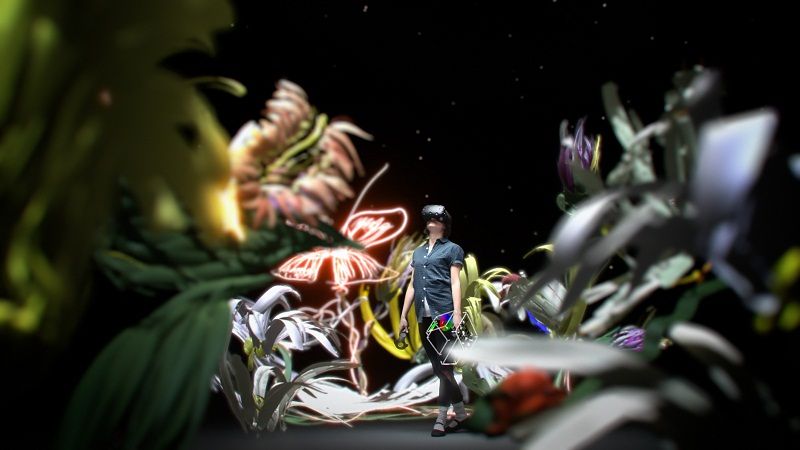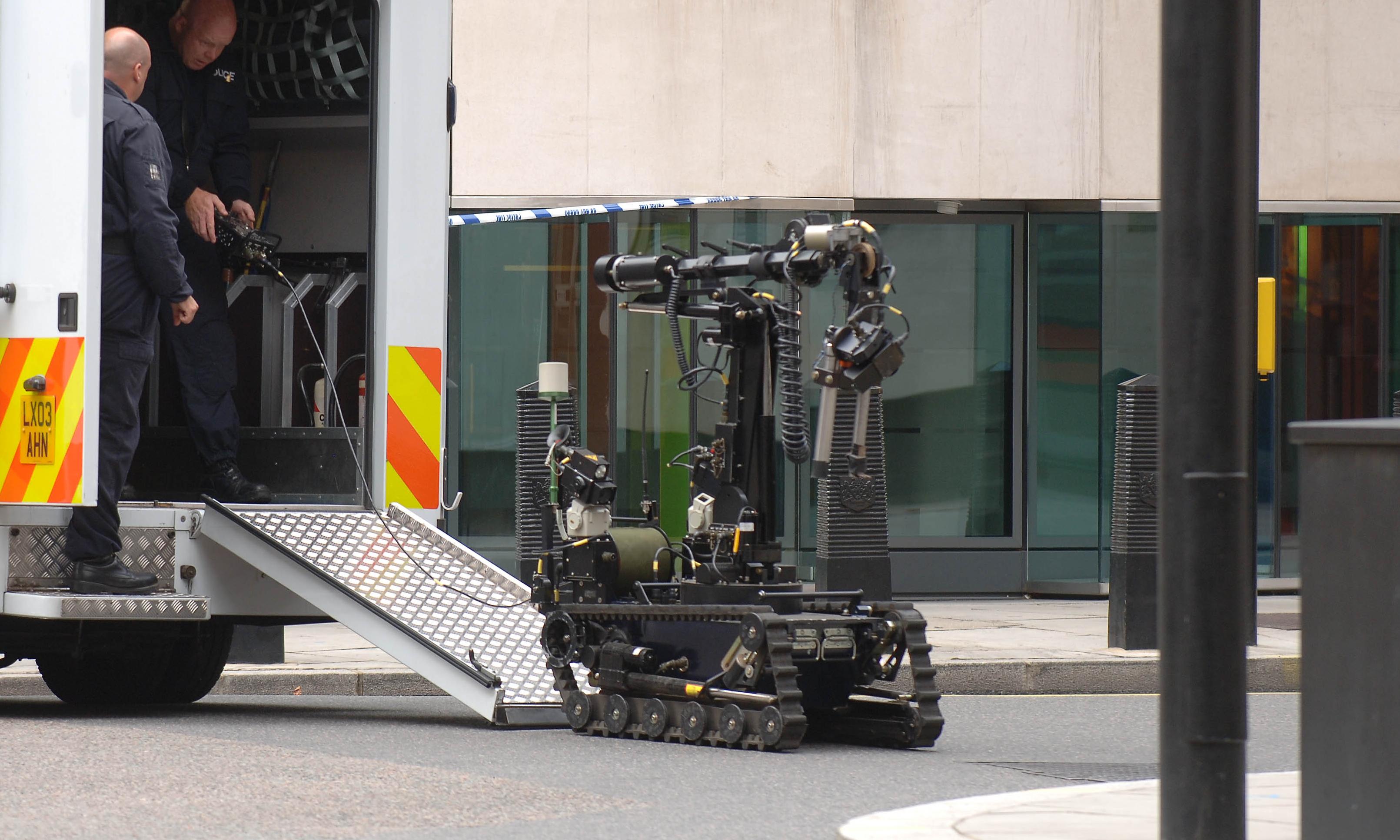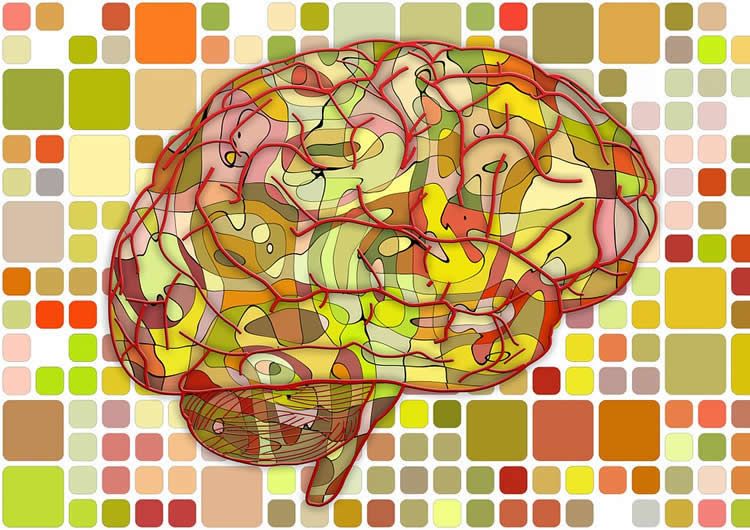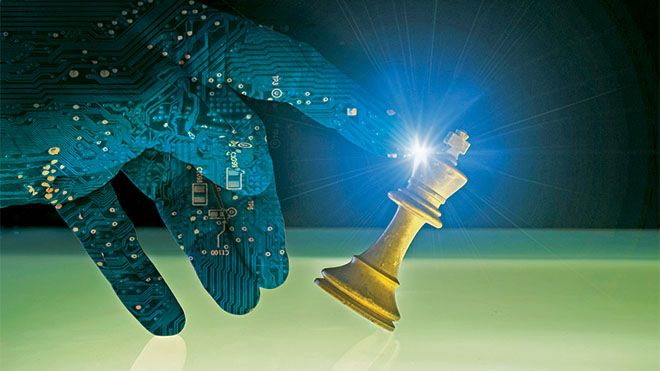Dec 26, 2016
‘Virtually Real,’ the world’s first 3D-printed VR art exhibition in London
Posted by Karen Hurst in categories: 3D printing, virtual reality
Tilt Brush example. — Pictures courtesy of HTC ViveLONDON, Dec 27 — From January 11 to 14, 2017, the Royal Academy of Art in London will present the first ever 3D-printed artworks in virtual reality, produced in collaboration with HTC Vive.
Artists from the Royal Academy and its alumni will create artwork using the virtual reality platform HTC Vive, creations that visitors to the exhibition will be able to experience in real time, “fully immersing themselves in the virtual piece.”


















